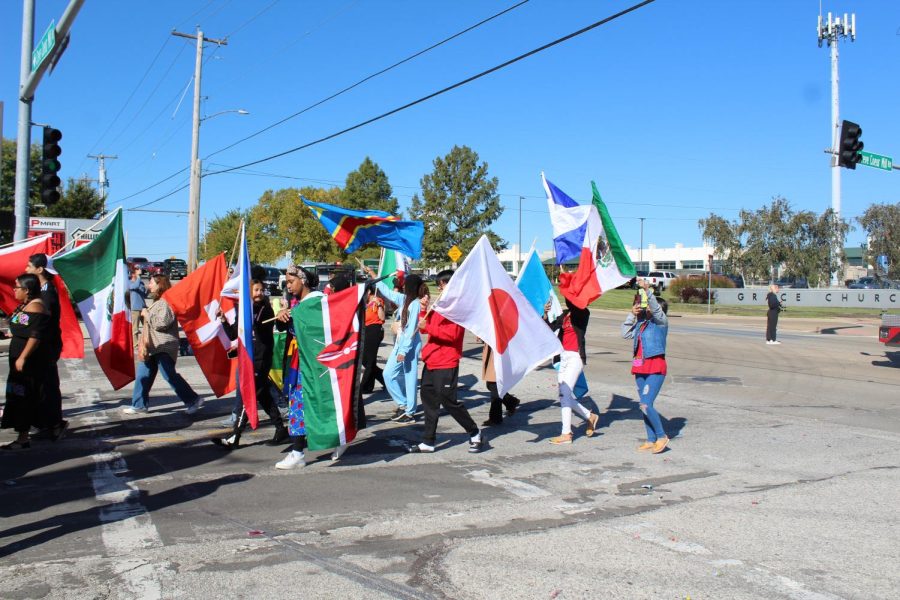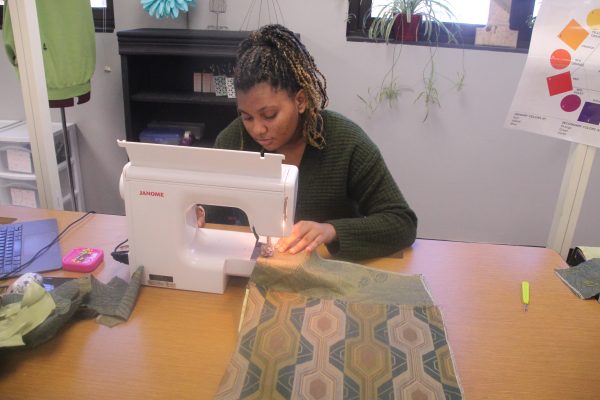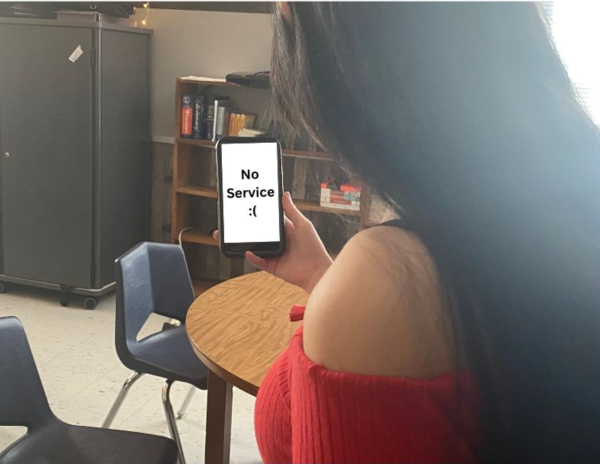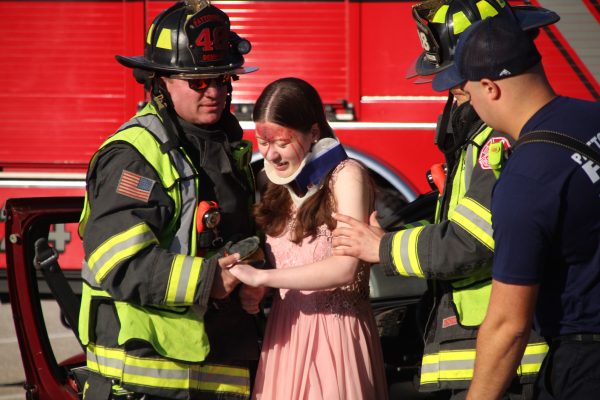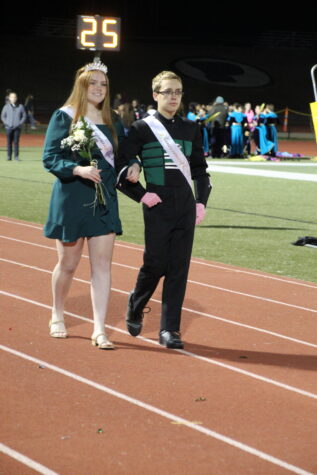Foreign Languages: More Than Just a Word
International Club walks in the Homecoming Parade, carrying the flags of over 15 countries. “I believe all students should learn at least three languages,” Faisal Yousif said. “I think having access to more languages and other cultures is a beautiful thing. It also allows for more communication with other parts of the world, and it is great for traveling. Also, is there a reason to NOT learn a second language? other than procrastinating of course.”
December 6, 2022
According to Niche, Pattonville High School is the second most diverse public school in the state. 57.5% of students aren’t Caucasian, instead having African American, Hispanic, Multiracial, Asian, Middle Eastern, Native American, or Pacific Islander descent.
These students represent 69 different countries and 66 languages. At home, many of these students speak their native language, meaning that English is not their first language.
Junior Faisal Yousif and his family are from the middle east. He is fluent in Arabic and English and is currently learning Spanish.
“I was in kindergarten in my old country when I started learning English in class,” Yousif said. “We had a fluent English speaker at our private elementary school who would teach us words, phrases, and numbers. We had to practice doing math in English numbers and it was honestly difficult at first.”
A fluent Spanish and English speaker and senior Miranda Lopez said her first language is Spanish.
“I learned English through watching TV and speaking it at preschool,” Lopez said. “By the time I was in kindergarten, I could speak both fluently.”
Languages and cultures often go hand in hand, one supporting and being a part of the other.
“Language is the main source of culture,” Yousif said. “Being able to speak multiple languages makes it easy to participate in one’s traditions, but it also makes it difficult in the sense that some cultures don’t align, and it might be hard to transition. As someone whose first language was Arabic, I found the transition to English so hard because of the cultural differences. It’s also hard to decide what language to think in.”
Lopez agreed, saying that “sometimes your brain can get jumbled. When I am speaking either language, I forget certain words and can only remember them in the other language. Something else is grammar. Grammar in English is flipped compared to Spanish and vice versa. In Spanish, if I wanted to say my favorite color is blue, I would have to say my color favorite is blue. So sometimes my thinking can be flipped in either language making it sometimes hard to speak and write.”
Although there are challenges to being bilingual, the benefits outweigh those disadvantages.
“I think students should learn a second language because it’s beautiful being able to connect and communicate with others who speak that language. If I’m being honest, it makes you see the world differently. But also, you use more brain connections, and your brain benefits through improvement of memory, creativity and so much more,” Lopez said.

